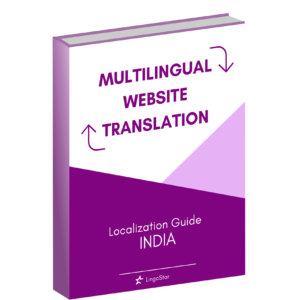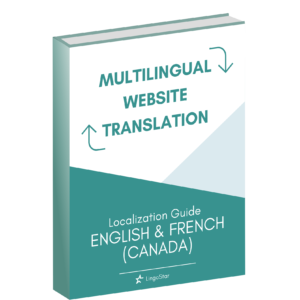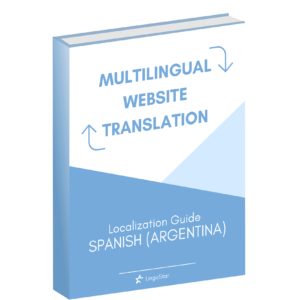Creativity in a language is one aspect of human intelligence and we express it also through language and translation. Furthermore, we have to consider that languages change throughout time.
Neology is the term we use to indicate the process of the creation of a new lexical unit. Neologism is the product of this activity.
One of the most difficult challenges for translators is the necessity to find the right word. This happens because sometimes the perfect equivalent does not exist in the target language. That is why translators need to create new words or neologisms.
How and why do we use creativity in language translation?
Creativity in language and translation is important in a lot of fields, for instance in the technological field where translators have to manage large language databases. Furthermore, they have to do some statistical calculations in order to produce correct and usable text.
There are a lot of reasons that push a community to create a neologism; the creation of a new word can derive from the need to name an original reference. This is the case for a new scientific discovery or invention or a new social expression.
Neologisms in different fields and creativity in language translation
Creativity in language and translation and, more generally, neologisms appear in the following fields: science and technology, culture and society, politics, and art.
Over the last few years, scientific and technological progress has introduced procedures and devices in our daily lives that were impossible to imagine before.
As a consequence, we have to create new words, especially in the IT and communication field where all new terms are in English. From a cultural point of view, for years, professionals of science and innovation technology have considered English as a “lingua franca”. This also applies to fields like economics or marketing.
Why do we create neologisms and how do we translate them?
Neologisms are a linguistic phenomenon aimed at filling the gaps in a language.
Sometimes, we use new words to designate a new habit such as a social event or facts related to politics.
In this case, neologisms are delimited in space and in time. Most of the time, they survive just for a few years. Who remembers the “Trump’s post-truth era”?
The most interesting cases of linguistic creation in the cultural and social fields appear when speakers use their creativity to shape a new cultural and linguistic group identity. It is the case of the French verlan or the so-called banlieue language.
Banlieues are mentioned in France today to refer to the so-called zones sensibles. They are peri-urban “social problem areas” with a high level of unemployment, youth without prospects, violence, and delinquency. Verlan is a language born in these areas characterized by the inversion of syllables in a word. It is spoken especially by young people.
Neologisms: a challenge for the creativity of translators
Neologisms related to the social, political, and economics fields can represent a very complex challenge for translators for several reasons.
Most of these words come from newspapers in order to quickly describe facts and events.
But their practical aspect is not unique and encourages journalists or politicians to forge new terms.
New words aim to draw the reader’s attention; in order to do this, sometimes, the new words are characterized by irony and are used in a satirical manner.
The challenges of translating these new terms are numerous, complex, and very sensitive.
The variety of neologisms and creativity in translation
Neologisms can be very different from one another.
In general, a lot of speakers use new words coming from scientific progress or ads. This has been the case for a long time.
Neologisms of cultural origin can express identity concepts related to social belonging. Sometimes, they can play the role of a “crypto-language” (verlan).
New events in the social or political fields represent the most challenging translations because of their strong internal preferentiality to a linguistic and cultural system.
As regards the artistic field, the goals that motivate an artist to create a new word are very different than in the other fields; in general, artistic neologisms do not die because they refer to a new artistic movement. Just think about the “Futurism” and the “Dadaism” movements.
New words related to the literary or art productions must be consistent with the work they relate to. This is particularly true in poetry where the aim of neologisms is not to break linguistic barriers but to explore new sensorial or symbolic expressions.
In conclusion, the absence of terminological resources can push the translator to create new words and in the creation process, they need to respect the target language and culture.
Translation services Canada
At LingoStar, we do our best to do accurate research and find the right words or expressions that respect the source and the target text.
We are passionate about all aspects of languages and communication. Our language services agency provides translation services in any language you may need.
We translate any kind of document into any foreign language. We specialize in French Canadian since we’re based in Canada.
Please request a free translation quote or email us at info@lingo-star.com. We’ll be happy to help you with your document translations.
Last, but not least, don’t forget to subscribe to our newsletter at the bottom of our website for news and information about what’s going on in the world of translation!

















